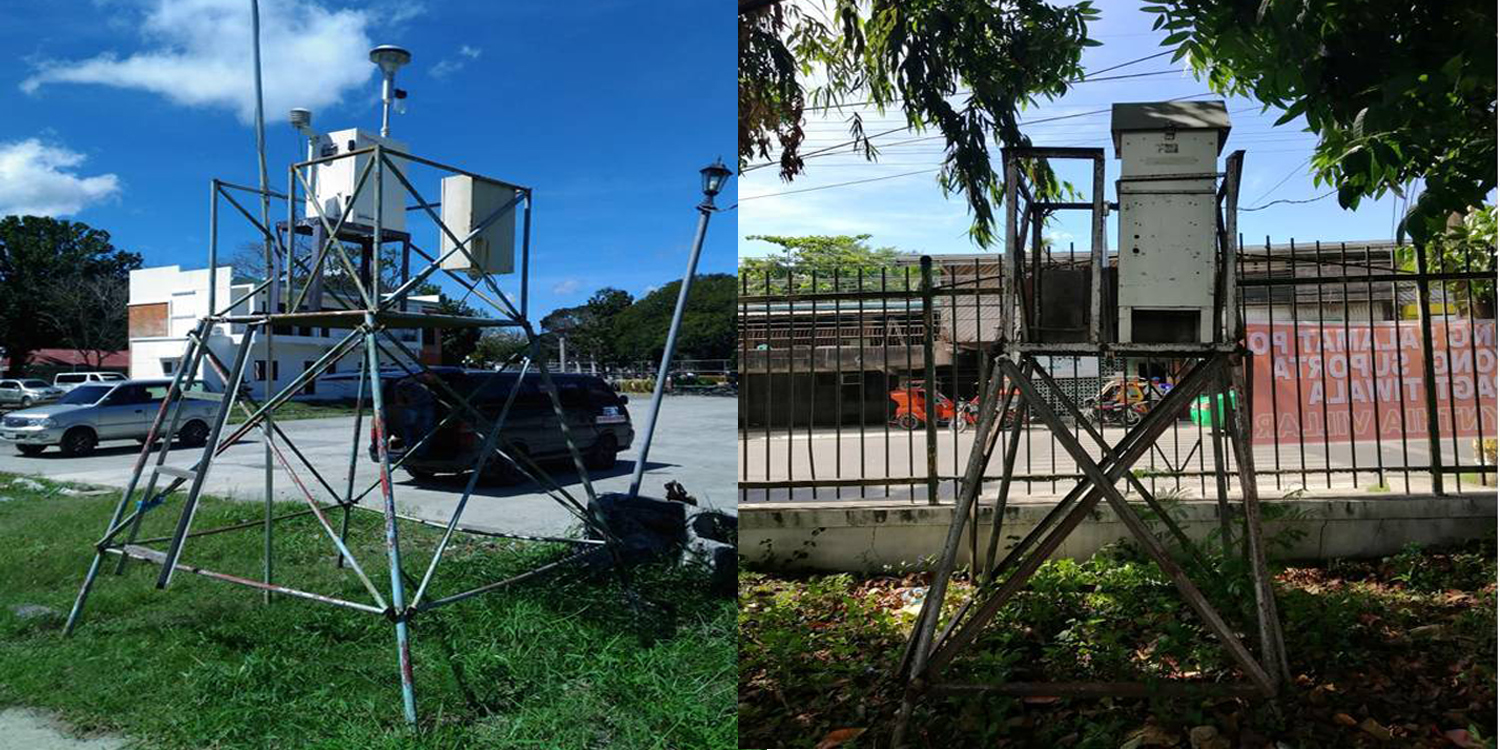
The DENR-Environmental Management Bureau (DENR-EMB) continuously monitors the quality of air within the city and other provinces. Above photo shows the Leganes AAQMS (Manual PMS PM10 & PM2.5) on the left and the La Paz AAQMS (TSP High Volume) on the right./EMB 6
What is clean air? Well, it is the air that has no harmful levels of pollutants.
As the cities and industries around the country increase in number, however, clean air has become polluted that it was necessary for the Philippine government to pass a law that would ensure safe air for Filipinos to breathe in.
The passage of the Philippine Clean Air Act (RA 8749) on June 23, 1999, provides for a comprehensive air pollution control policy, as it outlines the government’s measures to reduce air pollution by including environmental protection activities into its development plans. It has adopted the “polluters pay principle” and other market-based instruments to promote self-regulation among the population. Emission standards are set for all motor vehicles and had issued pollutant limitations among industries. The Department of Environment and Natural Resources through its Environmental Management Bureau (DENR-EMB) is leading the strict implementation of the Clean Air Act.
DENR Secretary Roy A. Cimatu listed Clean Air as his number one priority among the ten priority programs the Department is pursuing under his careful watch. “Intensive enforcement will continue to be a tool used by the DENR to carry out its mandate for the people, to improve the quality of air we breathe,” Cimatu said.
How does air pollution affect humans? Studies show that air pollution is one of the causes of cardiopulmonary diseases and the increase in air pollution-related deaths. Moreover, air pollution can weaken the body’s defenses against assorted viruses and bacteria. It impacts on one’s health – from becoming sluggish to acquiring deadly diseases, such as lung cancer.
When air is polluted, it is laden with Particulate Matter (PM) called PM10 or PM2.5. PM is a mixture of solid particles and liquid droplets. Some particles found in polluted air are dirt, dust, soot, smoke but are dark enough and can be seen with the naked eye. Others such as airborne microbes and chemicals can only be detected by using an electron microscope.
PM10 are inhalable particles with diameters that are generally 10 micrometers and smaller, and PM2.5 are fine inhalable particles with diameters ranging from 2.5 micrometers and smaller.
Breathing clean air upholds human rights to life and good health and their right to live in a clean, healthy and sustainable environment. The DENR supports the country’s economic development while balancing it with the need to keep our environment sustainable.
“There is such thing as ‘tolerable level’ of air pollution where we can still breathe just fine. But we would rather see Western Visayas achieve really clean air for all. With strict compliance of industries to clean air standards, and prudence from motorists who primarily contribute to air pollution from mobile sources, we can enjoy clean air,” said DENR 6 Regional Executive Director Francisco E. Milla, Jr.
- Details
- Parent Category: News & Events
- Category: Press Releases
- Published: 22 January 2020


